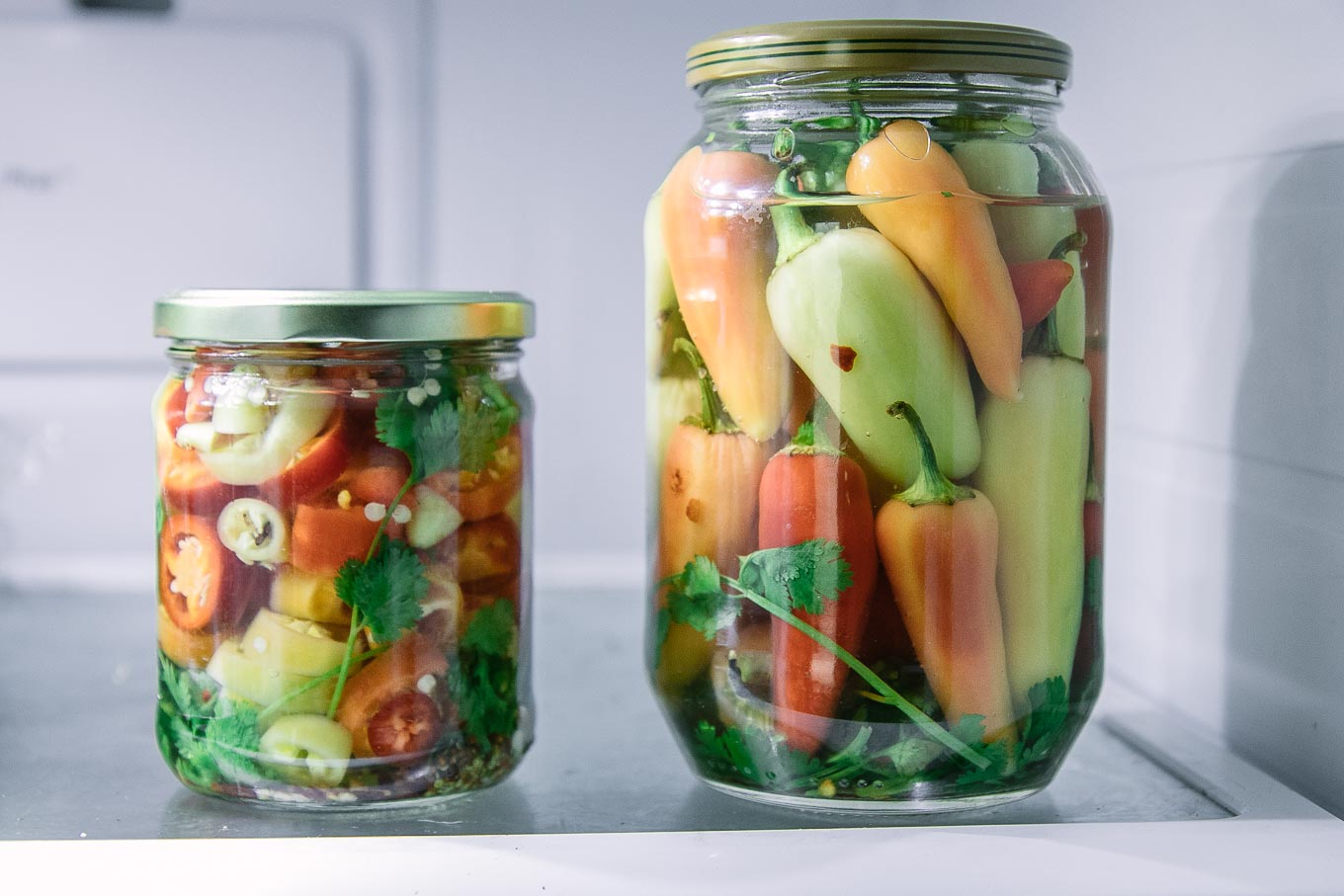

Articles
How To Store Peppers In The Refrigerator
Modified: February 24, 2024
Learn how to properly store peppers in the refrigerator with this informative article. Keep your peppers fresh and flavorful for longer periods of time.
(Many of the links in this article redirect to a specific reviewed product. Your purchase of these products through affiliate links helps to generate commission for Storables.com, at no extra cost. Learn more)
Introduction
Welcome to our comprehensive guide on how to store peppers in the refrigerator. Peppers are a versatile ingredient that can add flavor, color, and nutritional value to a wide range of dishes. Whether you grow your own peppers or purchase them from the store, proper storage techniques are essential for preserving their freshness and extending their shelf life.
Storing peppers correctly not only ensures that they stay crisp and flavorful but also helps to prevent spoilage and waste. With the right conditions and a few simple steps, you can enjoy the vibrant taste of peppers for a longer period of time.
In this article, we will provide you with valuable insights and practical tips on selecting fresh peppers, preparing them for storage, and various methods of storing peppers in the refrigerator. We will also share additional tips for extending the shelf life of peppers, allowing you to make the most of their deliciousness.
So, continue reading to discover the secrets of proper pepper storage and ensure that you have fresh, flavorful peppers ready to enhance your favorite recipes whenever you need them!
Key Takeaways:
- Properly storing peppers in the refrigerator preserves their flavor and freshness, ensuring they last longer. From selecting fresh peppers to utilizing various storage methods, these techniques help you make the most of this versatile ingredient.
- Implementing tips such as handling with care, separating from ethylene-producing fruits, and inspecting regularly can extend the shelf life of peppers. Whether whole, halved, or roasted, proper storage techniques ensure your peppers stay fresh and flavorful.
Read more: How To Store Peppers
Selecting Fresh Peppers
When it comes to storing peppers in the refrigerator, the first step is to choose the freshest peppers possible. Selecting quality peppers will not only improve the flavor of your dishes but also help them to last longer in storage.
Here are some tips for selecting fresh peppers:
- Look for vibrant color: Choose peppers that have a bright and vibrant color, whether it’s red, green, yellow, or orange. Avoid peppers that appear dull or have blemishes, as they may indicate age or damage.
- Check for firmness: Gently squeeze the pepper to ensure that it feels firm and taut. Avoid peppers that feel soft or mushy, as they may be overripe or starting to spoil.
- Inspect the skin: The skin of the pepper should be smooth and free from wrinkles or shriveling. Avoid peppers with wrinkled or damaged skin, as these are signs of age and deterioration.
- Consider the size: Choose peppers that are a suitable size for your needs. Smaller peppers tend to have a milder flavor, while larger peppers are usually spicier. Select the size that suits your taste preferences and intended use.
- Smell the pepper: Give the pepper a gentle sniff to check for any off-putting odors. Fresh peppers should have a mild, slightly sweet aroma. If a pepper has a strong or unpleasant smell, it may be spoiled.
Whether you purchase peppers from a grocery store or harvest them from your own garden, following these guidelines will help you choose the freshest peppers available. Fresh peppers not only taste better, but they also have a longer shelf life, making them easier to store and use in your culinary creations.
Now that you know how to select fresh peppers, let’s move on to the next step: preparing them for storage.
Preparing Peppers for Storage
Once you have selected fresh peppers, the next step in the process of storing peppers in the refrigerator is to properly prepare them. By following these simple steps, you can ensure that your peppers stay fresh and maintain their optimal quality for an extended period of time.
- Washing: Start by washing the peppers with cool water to remove any dirt or residue. Gently scrub the surface of the peppers using your hands or a soft brush. Be thorough but gentle to avoid damaging the pepper’s skin.
- Drying: After washing, it’s essential to dry the peppers thoroughly. Excess moisture can lead to mold or spoilage. Pat the peppers dry with a clean kitchen towel or use a paper towel to absorb any moisture. Ensuring that the peppers are completely dry will help prolong their freshness.
- Removing stems and seeds: Depending on your recipe or personal preference, you may want to remove the stems and seeds from the peppers. Using a sharp knife, carefully cut around the stem and pull it out. Then, slice the pepper in half lengthwise to expose the seeds. Use a spoon or your fingers to scrape out the seeds and discard them.
- Slicing or dicing: If you plan to use the peppers in sliced or diced form, go ahead and prepare them accordingly. Slice or dice the peppers into the desired size and shape. This step is optional and can be done before or after storage.
By properly preparing your peppers, you eliminate any dirt and moisture that can accelerate spoilage. Removing the stems and seeds also allows for easier and more convenient use when it comes time to cook or incorporate the peppers into your dishes.
Now that your peppers are washed, dried, and prepared, it’s time to explore different methods of storing them in the refrigerator. Whether you want to store them whole, halved, sliced, roasted, or in plastic bags or containers, we have you covered. Keep reading to find out which method suits your needs best!
Storing Whole Peppers
Storing whole peppers in the refrigerator is a straightforward and convenient method that allows you to use the peppers as needed without any pre-cutting or preparation. Here’s how to store whole peppers:
- Place in a produce bag: To protect the peppers from moisture and promote air circulation, place them in a perforated produce bag. These bags are designed to maintain the right level of humidity while preventing excess moisture buildup that can lead to spoilage.
- Label and date: If you have multiple types of peppers or different batches, it’s a good practice to label each bag with the pepper variety and the date of storage. This will help you keep track of their freshness and rotate them accordingly.
- Store in the crisper drawer: Refrigerators usually have a designated crisper drawer that is designed to maintain a cooler, higher-humidity environment. Place the bags of peppers in the crisper drawer to provide them with the optimal storage conditions.
In the crisper drawer, the peppers will stay cool and fresh, preserving their vibrant color and flavor. It’s important to note that whole peppers can last up to two weeks when stored properly. However, over time, the texture of the peppers may deteriorate, becoming less crisp and slightly softer.
Remember to handle the peppers with care when you retrieve them from the refrigerator to prevent any unnecessary bruising or damage. Whole peppers are versatile and can be used in a variety of recipes, from salads and stir-fries to sandwiches and dips.
Now that you know how to store whole peppers, let’s move on to the next method: storing halved or sliced peppers.
Storing Halved or Sliced Peppers
If you prefer to have your peppers pre-cut and ready to use, storing halved or sliced peppers in the refrigerator is a great option. This method allows for convenient and quick access to peppers for your recipes. Here’s how to store halved or sliced peppers:
- Cut the peppers: Start by removing the stem and seeds from the peppers, then slice them into halves or desired thickness for easy storage and usage. Remember to use a clean and sharp knife to ensure clean cuts.
- Place in an airtight container: Transfer the halved or sliced peppers into an airtight container. This can be a reusable plastic container with a tight-fitting lid or a zip-top bag designed for food storage. Make sure to remove any excess air from the bag before sealing it.
- Label and date: Similar to storing whole peppers, labeling and dating your containers or bags is essential for keeping track of the freshness. Write down the pepper variety and the date of storage for easy reference.
- Store in the refrigerator: Place the sealed containers or bags of peppers in the refrigerator. For best results, store them in the lower part of the refrigerator where the temperature is consistently cool.
By storing halved or sliced peppers in airtight containers, you minimize their exposure to air and moisture, thus prolonging their freshness. This method can keep your peppers fresh for up to five to seven days. However, it’s important to check them regularly and use them before they start deteriorating.
Utilizing pre-cut peppers saves precious time in the kitchen and makes meal preparation more convenient. You can easily add them to stir-fries, salads, fajitas, omelets, or sandwiches, creating flavorful dishes in no time.
Now that you know how to store halved or sliced peppers, let’s explore another popular method: storing roasted peppers.
Read more: How To Store Pepper Seeds
Storing Roasted Peppers
Roasted peppers add a delicious smoky flavor and versatility to a variety of dishes. If you have leftover roasted peppers or enjoy roasting them in batches, it’s important to store them properly to maintain their flavor and texture. Here’s how to store roasted peppers:
- Cool the peppers: Allow the roasted peppers to cool completely before storing them. This will prevent condensation from forming inside the storage container and causing them to become soggy.
- Remove the skin and seeds (optional): Depending on your preference, you can peel off the skin of the roasted peppers to achieve a smoother texture. Additionally, you can also remove the seeds for a milder flavor. However, this step is optional and can be skipped if desired.
- Drizzle with olive oil (optional): To further enhance the flavor and preserve the peppers, you can drizzle a little olive oil over them. The oil will create a barrier and help maintain their moisture levels.
- Place in an airtight container or jar: Transfer the roasted peppers into an airtight container, such as a glass jar or a plastic container with a tight-fitting lid. Make sure to press them down gently to remove any excess air and ensure that they are fully submerged in their own juices. This will prevent them from drying out.
- Refrigerate: Store the container of roasted peppers in the refrigerator. They can generally last for up to 7-10 days when properly stored. However, it is recommended to consume them as soon as possible for the best flavor and quality.
Roasted peppers are a versatile ingredient that can be used in sandwiches, pasta dishes, pizzas, dips, and more. By following these steps, you can preserve the delicious flavor and tenderness of the roasted peppers, ensuring that they are ready to elevate your culinary creations whenever you desire.
Now that you know how to store roasted peppers, let’s explore a couple of other methods: storing peppers in plastic bags and storing peppers in containers.
To store peppers in the refrigerator, place them in a perforated plastic bag to maintain moisture and prevent them from becoming soggy. Store them in the crisper drawer for up to 1-2 weeks.
Storing Peppers in Plastic Bags
If you prefer a simpler and more budget-friendly method for storing peppers in the refrigerator, using plastic bags can be a convenient option. Here’s how to store peppers in plastic bags:
- Wash and dry the peppers: Start by washing the peppers with cool water and patting them dry with a clean kitchen towel or paper towel. Removing any moisture from the peppers will help prevent them from becoming soggy or developing mold.
- Place in separate bags: Take each pepper and individually place it in a plastic bag. You can use resealable plastic bags, zip-top bags, or produce bags. Make sure to leave a bit of air in the bag to create a cushioning effect and prevent the peppers from getting squished.
- Seal the bags: Seal the bags tightly, ensuring that there are no openings or gaps that can allow air or moisture to enter. If using zip-top bags, press out as much air as possible before sealing to create a snug fit.
- Label and date the bags: To keep track of the pepper variety and the storage date, it’s helpful to label each bag with a marker or use removable labels. This step can be especially useful if you have different types of peppers or want to rotate them based on their freshness.
- Store in the crisper drawer: Place the sealed bags of peppers in the crisper drawer of your refrigerator. This drawer provides a slightly higher humidity level, which is beneficial for maintaining the peppers’ freshness.
Storing peppers in plastic bags helps to maintain their moisture levels and prevent them from drying out. This method is especially useful when you have a large quantity of peppers or want to store different pepper varieties separately.
Remember to check the bags periodically and remove any peppers that show signs of spoilage or deterioration. By doing so, you can ensure that the rest of your peppers remain fresh and flavorful for a longer period of time.
Now that you know how to store peppers in plastic bags, let’s explore another method: storing peppers in containers.
Storing Peppers in Containers
If you prefer a more organized and stackable storage solution for your peppers, using containers can be an ideal method. Here’s how to store peppers in containers:
- Wash and dry the peppers: Begin by washing the peppers with cool water and patting them dry using a clean kitchen towel or paper towel. Ensuring that the peppers are dry will help prevent excess moisture and mold growth during storage.
- Cut and prepare the peppers (if desired): Depending on your preference and intended use, you can cut the peppers into slices, julienne strips, or leave them whole. Prepare the peppers according to your preferred method, taking care to remove the stems and seeds if desired.
- Choose a container: Select an airtight container that is suitable for storing the peppers. Glass or BPA-free plastic containers work well for this purpose. Ensure that the container has a tight-fitting lid to maintain freshness.
- Arrange the peppers in the container: Place the prepared peppers neatly in the container, leaving a little space between each piece to allow for air circulation. Avoid overcrowding the container, as this can lead to faster spoilage.
- Seal the container: Once the peppers are arranged in the container, secure the lid tightly to create an airtight seal. This will help prevent air, moisture, and odors from entering the container and compromising the freshness of the peppers.
- Label and date the container: To keep track of the pepper variety and storage date, it’s helpful to label the container with a marker or use removable labels. This way, you can easily identify the contents and rotate them based on their freshness.
- Store in the refrigerator: Place the sealed container of peppers in the refrigerator. Optimal storage temperatures range between 35 to 45 degrees Fahrenheit (1 to 7 degrees Celsius). The lower shelves or crisper drawer are suitable locations for storing the container.
Storing peppers in containers allows you to easily see and access the peppers when needed. It also helps to keep the peppers organized and protected from potential spoilage. By maintaining an airtight environment, you can extend the shelf life of the peppers and preserve their freshness.
Remember to check the container periodically for any signs of spoilage or deterioration. Remove any peppers that show visible signs of mold, mushiness, or an unpleasant odor. By doing so, you can ensure that the remaining peppers stay fresh and ready to use.
Now that you know how to store peppers in containers, let’s move on to discussing the optimal storage location: the crisper drawer.
Storing Peppers in the Crisper Drawer
The crisper drawer in your refrigerator is specifically designed to create an environment that helps extend the freshness of fruits and vegetables, including peppers. Here’s how to store peppers in the crisper drawer:
- Prepare the peppers: Wash and dry the peppers, removing any dirt or residue. You can choose to leave them whole, slice them, or dice them based on your preference and intended use.
- Place in perforated bags: To maintain the right balance of humidity while allowing for proper air circulation, place the peppers in perforated produce bags. These bags can be found at grocery stores or online. If you don’t have produce bags, you can poke a few small holes in regular plastic bags to achieve the same effect.
- Label and date the bags: It’s helpful to label each bag with the pepper variety and the date of storage. This ensures that you can easily identify and rotate your peppers based on freshness.
- Store in the crisper drawer: Place the bags of peppers in the crisper drawer of your refrigerator. The crisper drawer offers a slightly higher humidity level compared to the rest of the refrigerator, which helps to keep the peppers fresh and crisp.
- Avoid crowding: Be mindful not to overcrowd the crisper drawer. Proper air circulation is essential for maintaining the peppers’ freshness. If you have a large quantity of peppers, consider using multiple smaller bags or containers to ensure adequate airflow.
Storing peppers in the crisper drawer helps to maintain their moisture levels and prevents them from drying out too quickly. The controlled humidity in the drawer helps to extend the shelf life of the peppers, keeping them fresh and flavorful for a longer period.
Remember to check the crisper drawer occasionally and remove any peppers that show signs of spoilage or deterioration. By doing so, you can prevent any potential spread of mold or spoilage to the rest of the peppers.
Now that you know how to store peppers in the crisper drawer, let’s dive into some additional tips to help extend the shelf life of your peppers.
Read more: How To Store Mini Peppers
Tips for Extending Pepper Shelf Life
Peppers can be a versatile and flavorful addition to your recipes, and by following these tips, you can extend their shelf life and ensure their freshness for as long as possible:
- Store unwashed: Before storing peppers, make sure they are completely dry but avoid washing them until right before use. Moisture can lead to spoilage, so it’s best to keep them unwashed until you’re ready to cook.
- Handle with care: Peppers can bruise easily, so handle them gently when storing and retrieving them from the refrigerator. Avoid squeezing or pressing them too hard, as this can result in damage and faster spoilage.
- Separate from ethylene-producing fruits: Some fruits, such as apples, bananas, and tomatoes, produce ethylene gas, which can accelerate the ripening process of peppers. To prevent premature ripening and potential spoilage, store peppers separately from these fruits.
- Avoid direct contact with plastic: If storing peppers in plastic bags or containers, place a piece of paper towel or parchment paper between the peppers and the plastic surface. This will help absorb excess moisture and prevent the peppers from becoming overly damp.
- Keep away from strong odors: Peppers can easily absorb strong odors from other foods, so it’s best to store them away from pungent items like onions, garlic, and strong-smelling spices. This will help preserve the unique flavor and aroma of the peppers.
- Rotate and use oldest peppers first: To prevent spoilage, rotate your peppers and use the oldest ones first. This helps to ensure that no peppers are left unused for too long, reducing the chances of them going bad before you have a chance to enjoy them.
- Freeze or preserve excess peppers: If you have an abundance of peppers and can’t consume them all before they start to deteriorate, consider freezing or preserving them. Freezing peppers can help to retain their flavor and texture, while preserving them through pickling or canning allows for longer-term storage.
- Inspect regularly: Regularly check your stored peppers for any signs of spoilage or mold. This includes discoloration, mold spots, softness, or an off-putting smell. Remove any peppers that show these signs to prevent spoilage from spreading to the rest of the batch.
By implementing these tips, you can make the most of your peppers and ensure their freshness for an extended period. Whether you grow your own peppers or purchase them from the store, proper storage and care will help you enjoy their flavor and nutritional benefits for as long as possible.
Now that you have a comprehensive understanding of how to store peppers in the refrigerator and extend their shelf life, you’re equipped to keep your peppers fresh and ready to enhance your culinary endeavors whenever you need them!
Happy cooking and enjoy your delicious peppers!
Conclusion
Proper storage of peppers in the refrigerator is essential for maintaining their freshness, flavor, and texture. Whether you’re growing your own peppers or purchasing them from the store, implementing the right techniques will help you extend their shelf life and make the most of this versatile ingredient.
In this comprehensive guide, we covered various methods of storing peppers, including storing them whole, halved or sliced, roasted, in plastic bags, and in containers. Each method offers its own benefits and can cater to your specific needs and preferences.
We also shared tips on selecting fresh peppers, preparing them for storage, and additional strategies to extend their shelf life. By following these guidelines, you can ensure that your peppers stay fresh, vibrant, and delicious for as long as possible.
Remember, proper handling, avoiding moisture, protecting against strong odors, and regular inspections are key to maintaining the quality of your stored peppers. Additionally, freezing or preserving excess peppers can be a practical solution if you have an abundance that you can’t consume in a timely manner.
Whether you’re using peppers in salads, stir-fries, pasta dishes, or as a topping for pizzas, knowing how to store them properly will help you enjoy their flavor and nutritional benefits throughout their shelf life.
So, take these storage techniques and tips with you on your culinary journey and savor the versatility and goodness of fresh peppers in your favorite dishes.
Happy cooking and enjoy your flavorful peppers!
Frequently Asked Questions about How To Store Peppers In The Refrigerator
Was this page helpful?
At Storables.com, we guarantee accurate and reliable information. Our content, validated by Expert Board Contributors, is crafted following stringent Editorial Policies. We're committed to providing you with well-researched, expert-backed insights for all your informational needs.
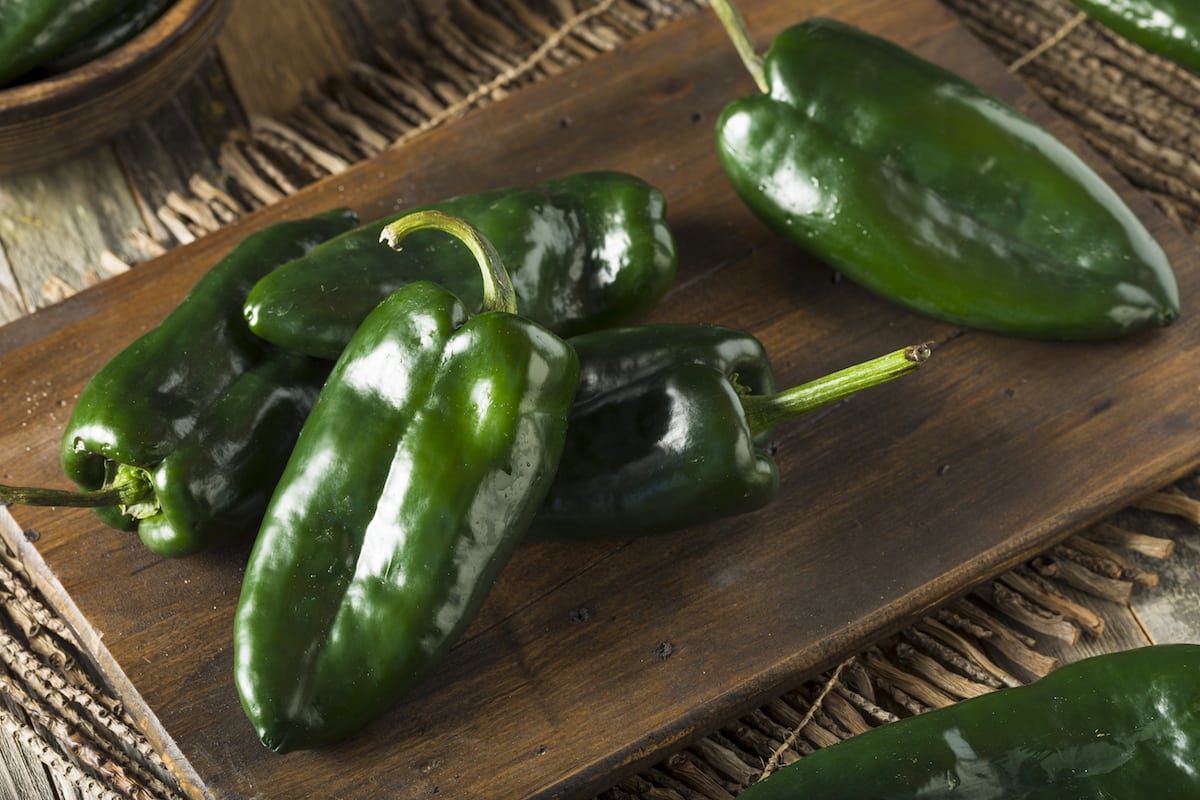
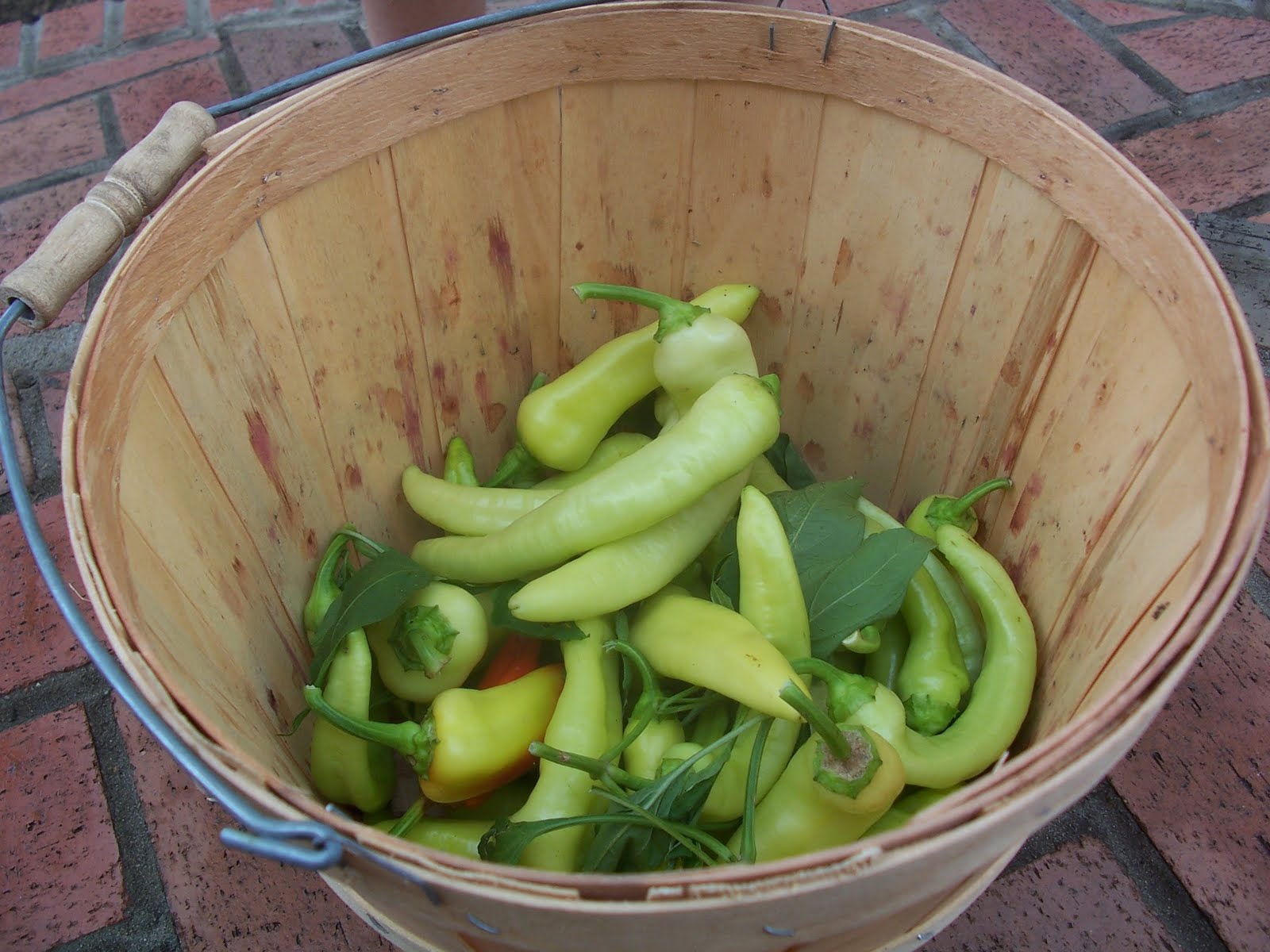
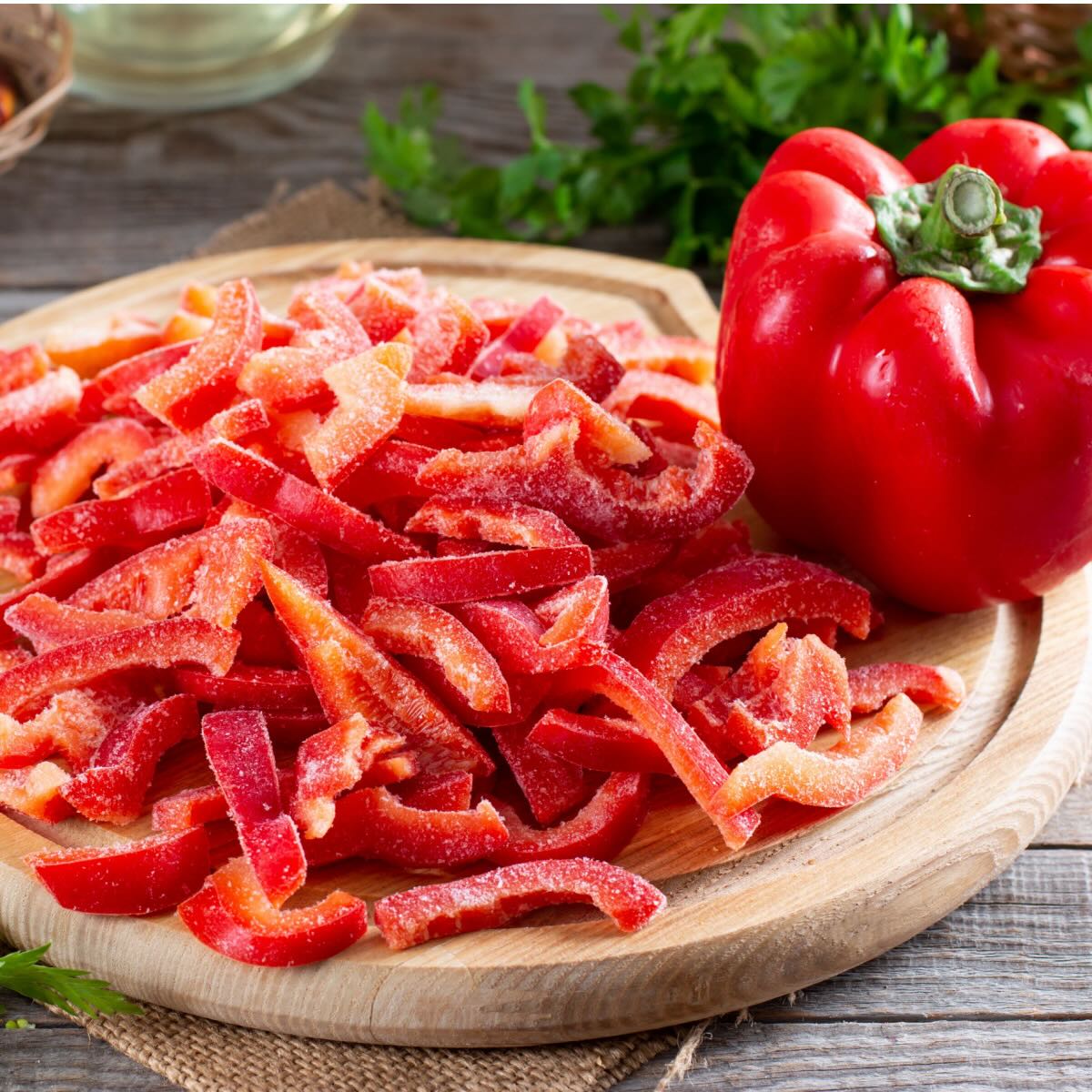
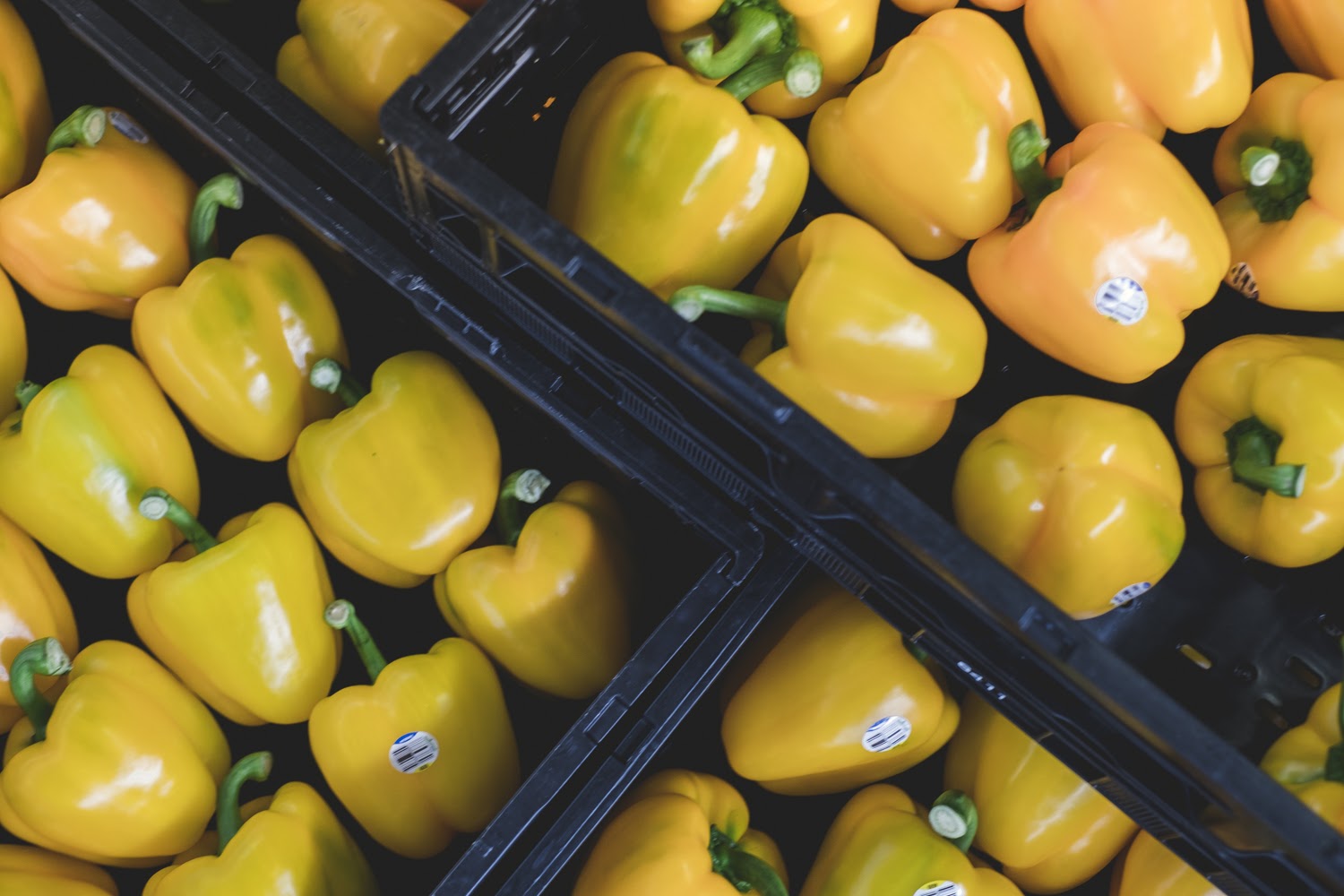
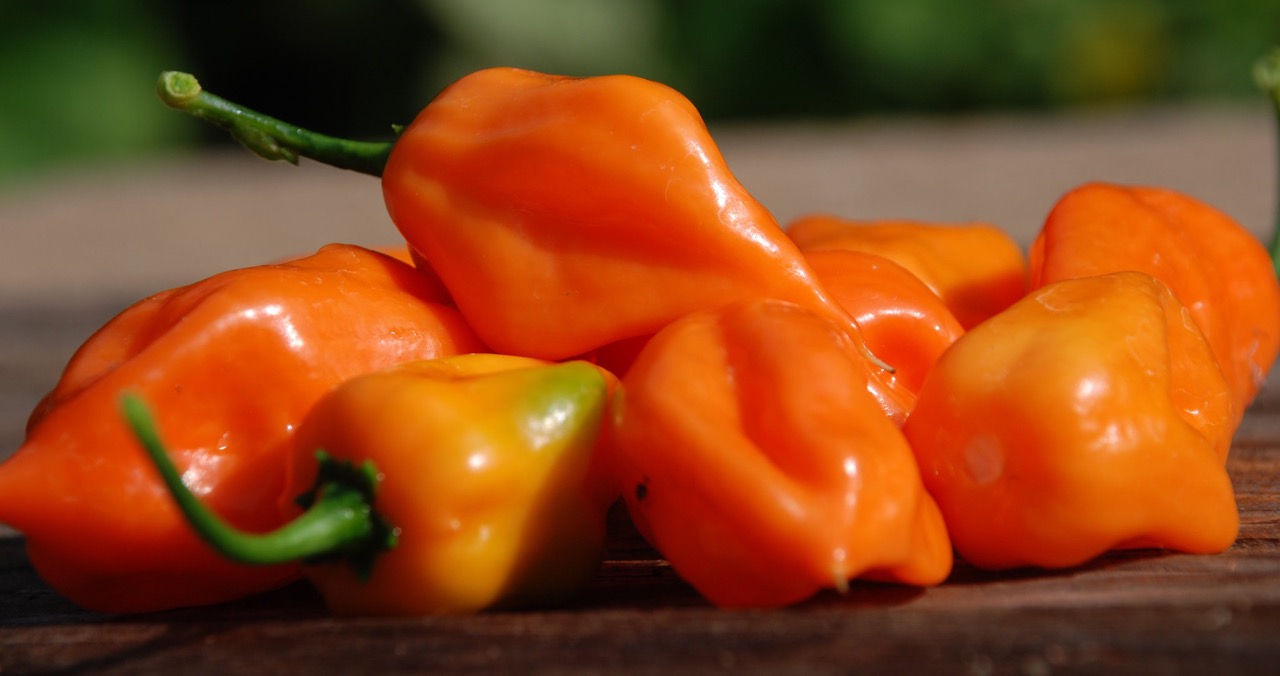
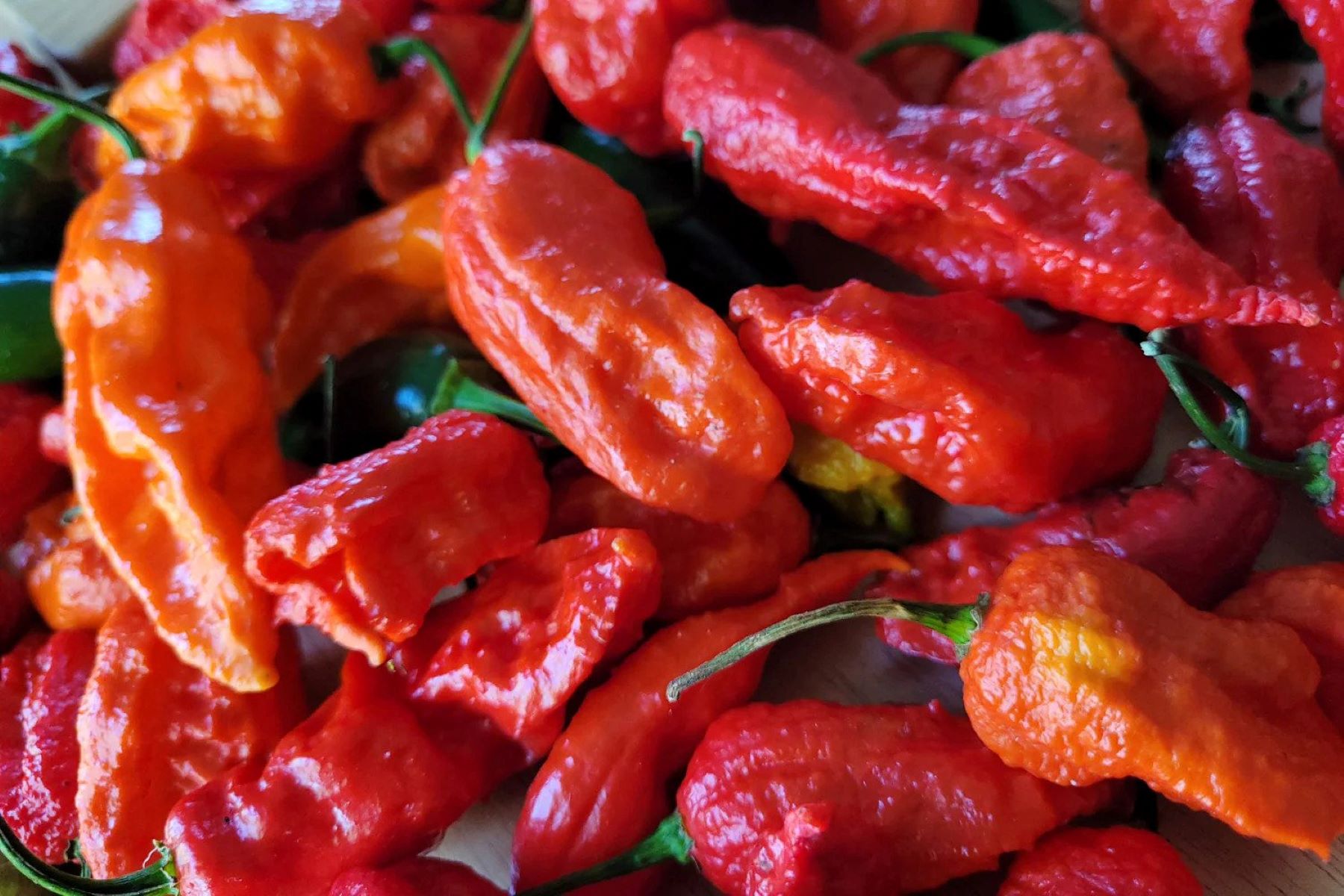
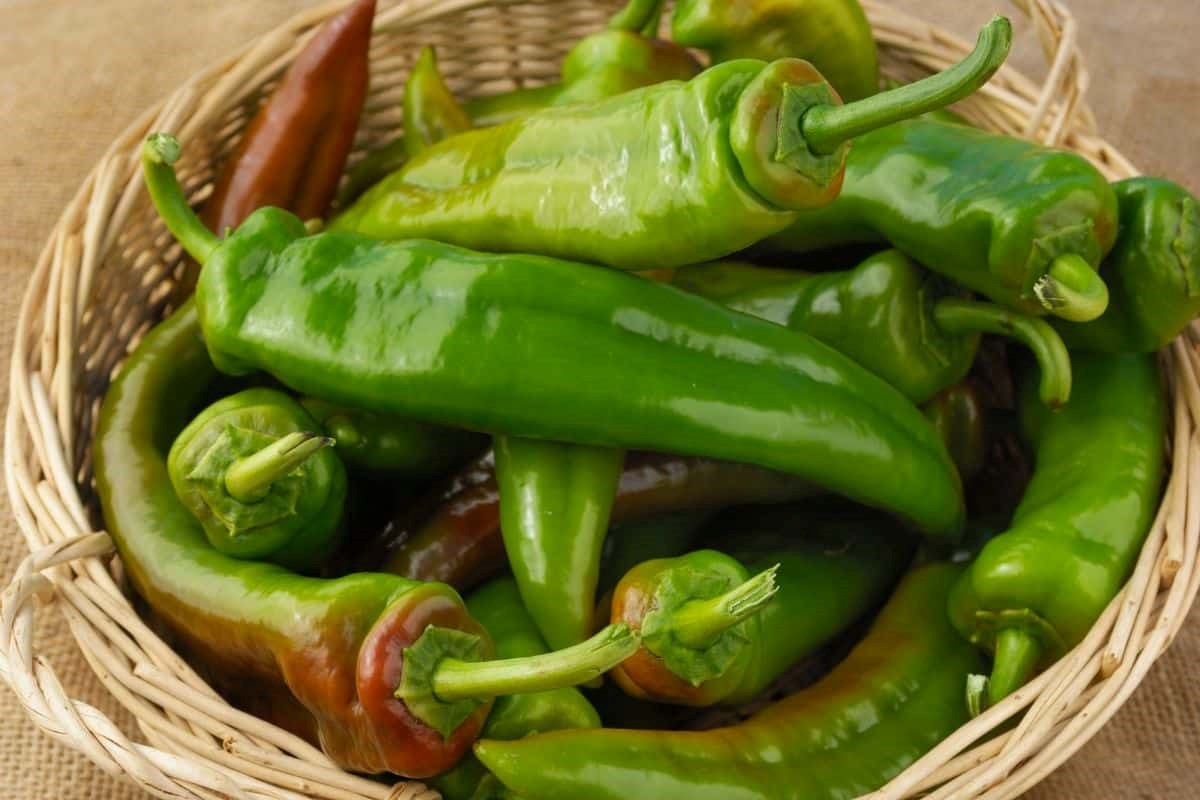
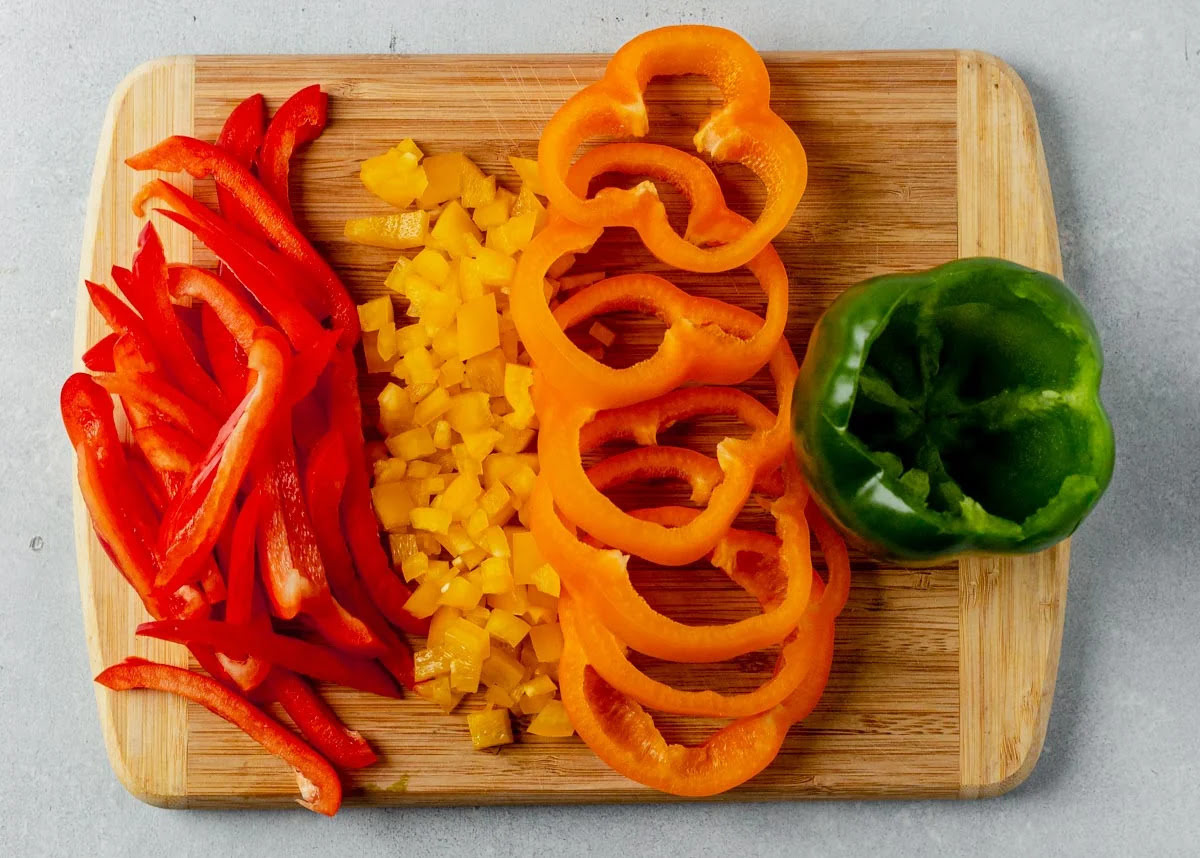
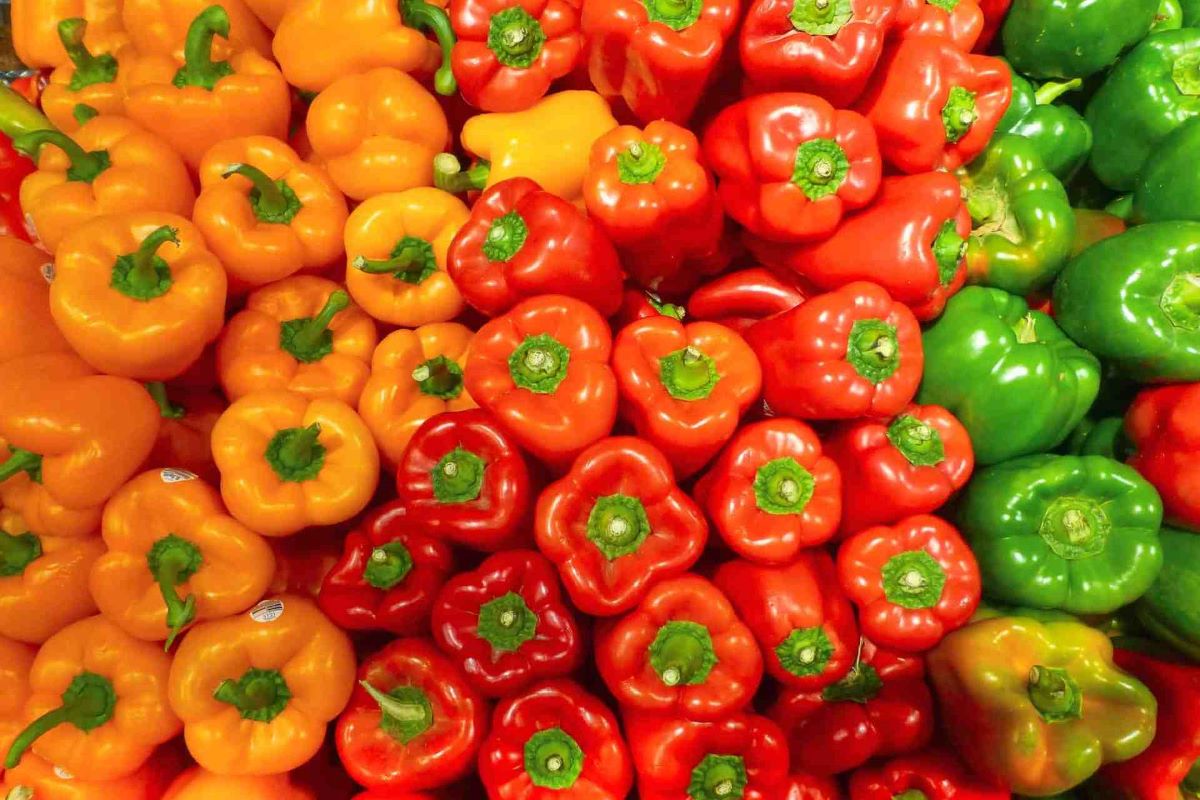
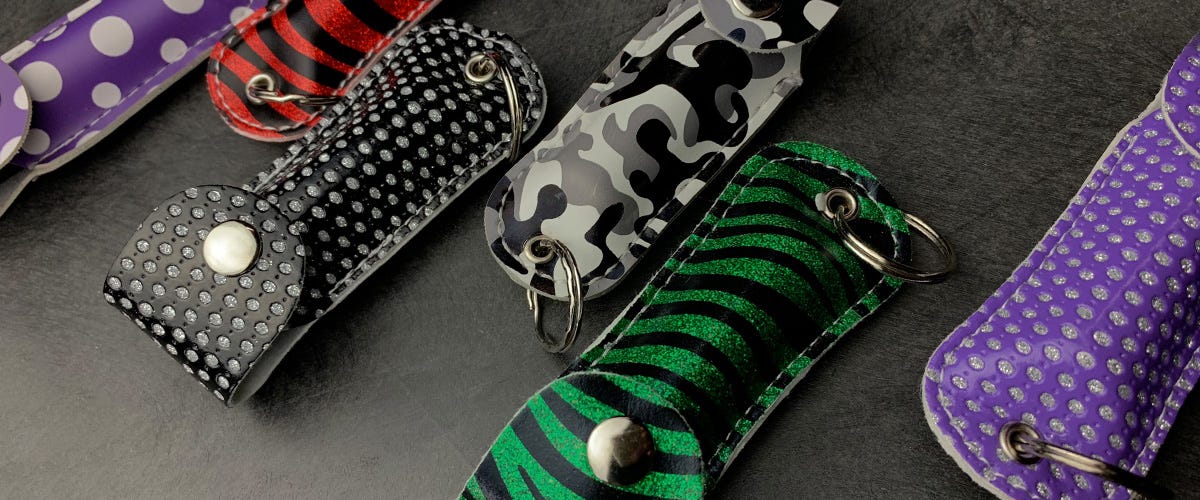
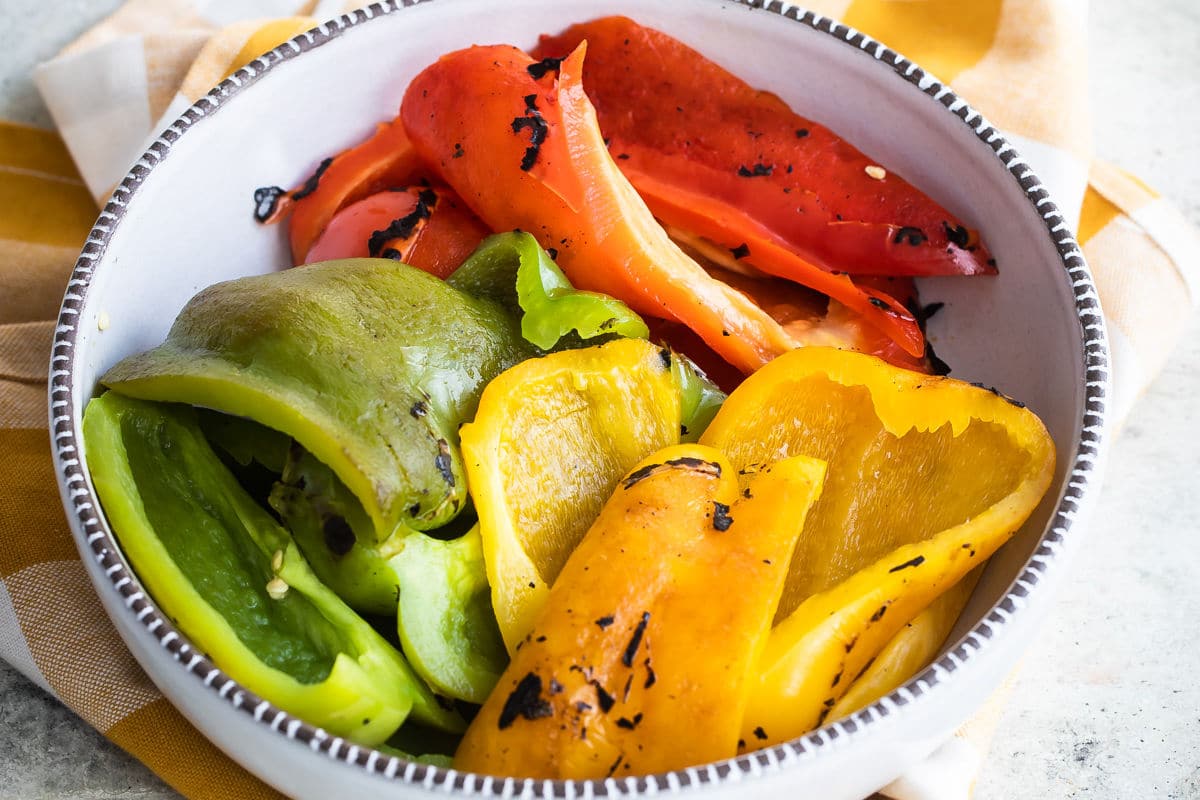
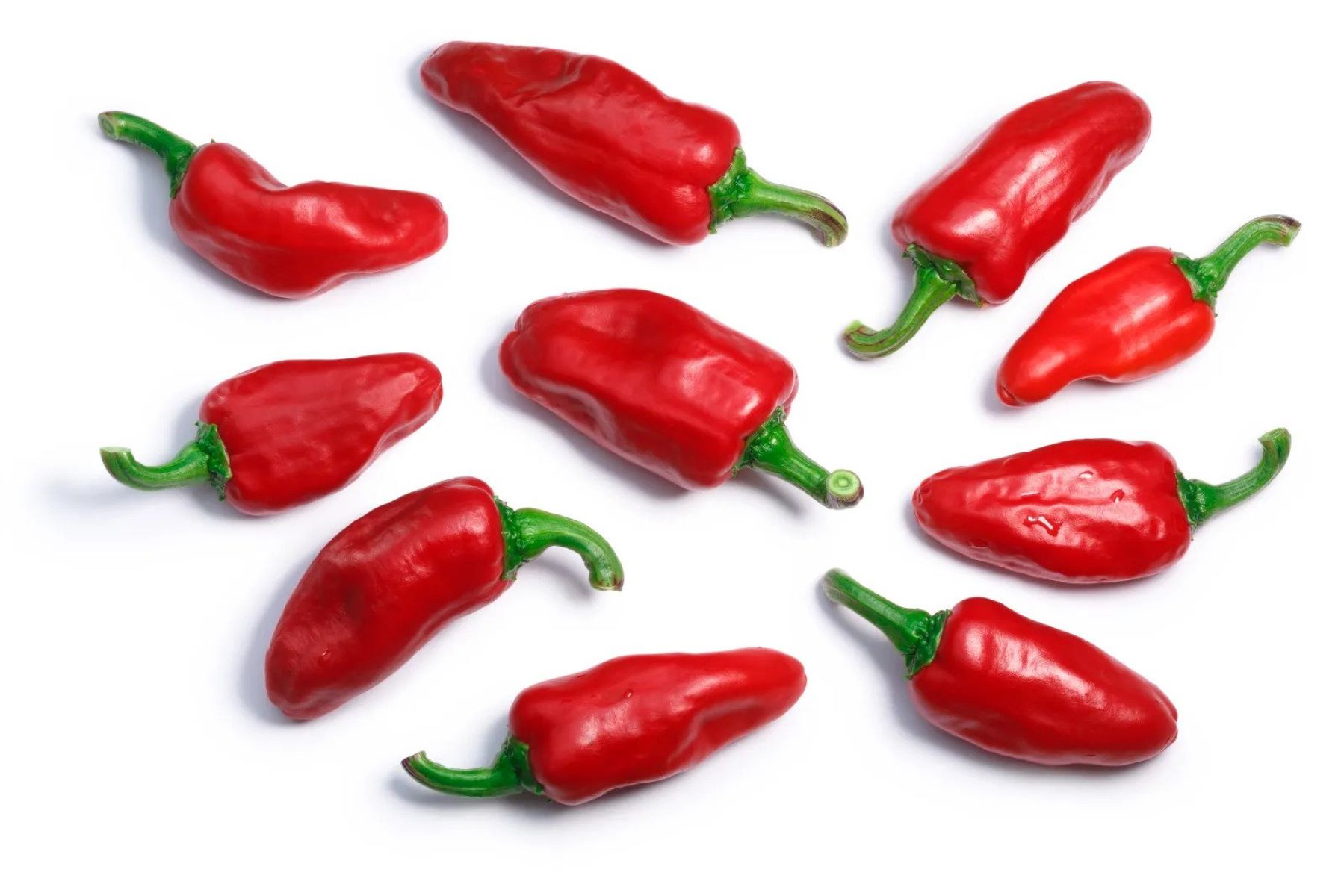
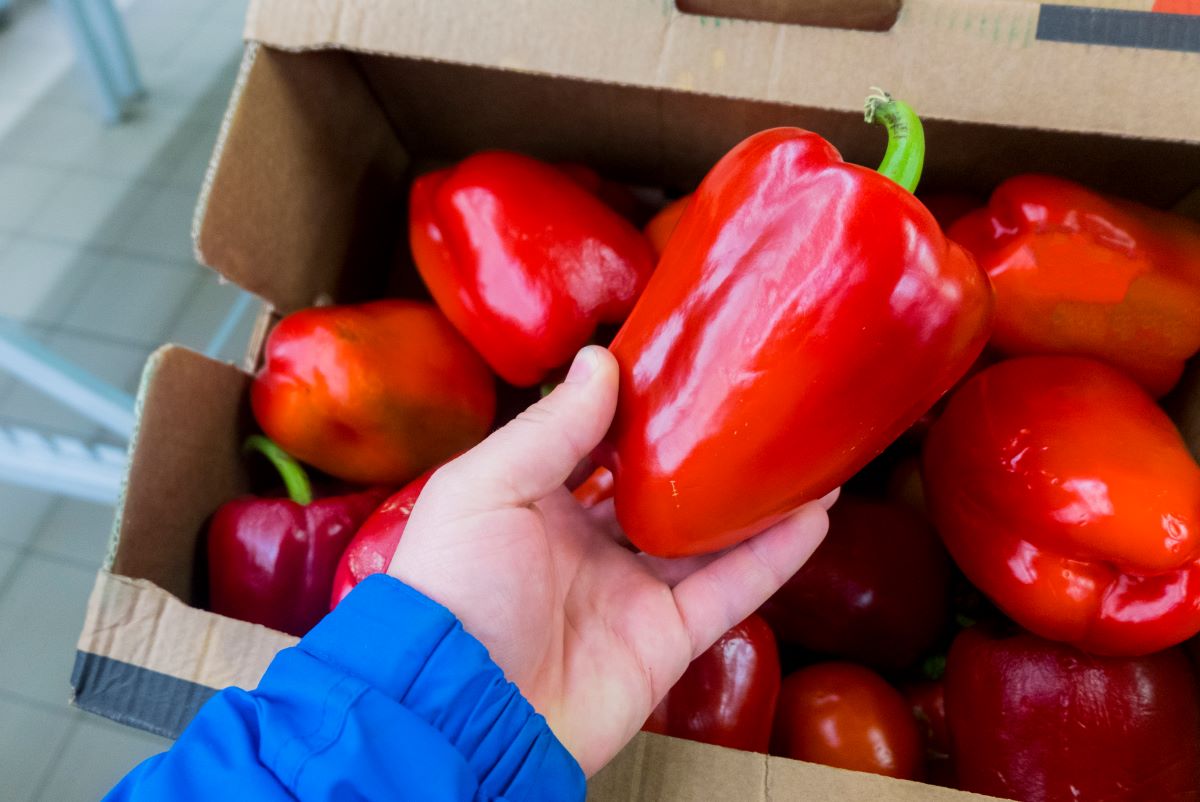

0 thoughts on “How To Store Peppers In The Refrigerator”